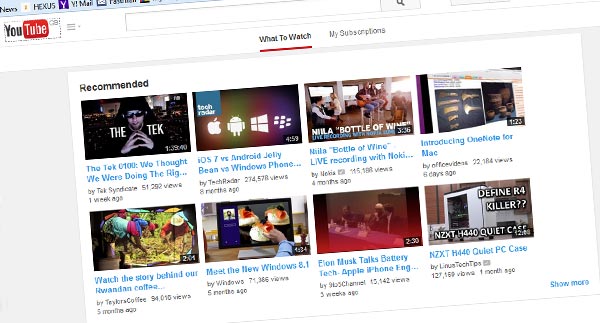Google is rolling out its WebP image format across its wide range of web sites including Google Play and YouTube. This unified image format offers both (animated) lossless and lossy encoding and thus addresses the use cases of GIF, PNG and JPG. It is faster to encode, faster to decode and offers smaller file sizes, with the most significant savings in lossless formats.

The latest libwebp 0.4.0 offers optimisation to make encoding lossless images twice as fast as previously and decrease the decoding time of lossless images by 25 per cent. While the WebP developers have been "hard at work to make WebP even faster and more capable," the format has been employed by two of Google's biggest sites; Google Play and YouTube.
Google claims that its Play Store website's PNG images have been replaced with lossless WebP images resulting in file sizes reduced on average by nearly 35 per cent. YouTube thumbnails (presumably using lossy WebP compression, replacing JPG) have been reduced in size resulting in a 10 per cent reduction in page load times. However Mountain View informs us that the rollout of WebP thumbnails on YouTube is not yet complete.

There is also a solution for Android and iOS users which allows them to feel the benefit of WebP image data compression in Chrome - for any and all sites they visit. A Data Compression Proxy extension transcodes images to WebP on the fly in order to deliver image compression of over 60 per cent to such users. That's especially good for mobile users with download limits.
The smaller and faster loading images don't just benefit you and your data plan, as a Google app or Chrome browser user. We are told that the aggregated savings for Google servers are already adding up to "tens of terabytes every day".













